Unravelling the concept of flow rate in square pipes, engineers must grasp this key parameter in order to effectively optimize and maximize the efficiency of fluid flow in piping systems. For that reason, this article delves into the complexities around flow rate, exploring not only what it is but further analyzing the influencing factors that play an integral role in the entire design process.
Tap into Square Pipe Flow Rate – Your Answers Await!
Fluid sent through square pipes is measured in terms of its flow rate, which is quantified as the number of cubic meters per second (m/s). Ensuring this rate is accurate is crucial, as any discrepancies can lead to major inefficiencies in the piping system. In other words, if the rate of the fluid passing through a specific area isn’t precisely measured within a given time span, unexpected issues may arise.
Impacts on the Velocity of Flow Through a Square Pipe
1. The physical parameters of a pipe are integral to volume conversion in square pipes. These details, which include the diameter, thickness, and length, have an undeniable impact on the droop in pressure and loss in friction; both directly affecting the rate of flow.
The flow rate of a fluid is also determined by its viscosity; more viscous fluids, such as molasses, tend to move slower than low-viscosity liquids, like water. And if the inside of the pipe is rough, this will only slow the movment down further.
Flowing at rapid speeds, the fluid within the pipe can give rise to turbulence and, as a result, noticeable pressure drops. Unfortunately, this can lead to a reduction in flow rate as well.
The change in pressure throughout a pipe can be measured by taking the distinction between the pressure levels at the input and output of the conduit. As one would expect, a greater disparity between these pressures leads to a slower rate of fluid flow.
The warmth of the fluid has a considerable effect on its speed of passage. Usually, rising temperatures make the fluid less thick and more unhindered, increasing its rate of travel.
Unravelling the Mystery of Flow Rate in a Square Pipe
When engineers need to calculate how quickly fluid is flowing through a square pipe, the Poiseuille law and Hagen-Poiseuille equation offer invaluable guidance. Both of these formulas are frequently accessed for flow rate estimates. Here is one of them: Poiseuille’s formula:
Q, the amount of fluid passing through a given pipe, can be determined by the equation wherein multiplied by the fourth power of the pipe’s diameter, combined with the difference in pressure and divided by 128 times the fluid’s viscosity multiplied by its length.
The rate at which a fluid moves through a pipe (Q) is determined by many factors, from the pipe’s diameter (d in m), pressure drop (P in Pa), viscosity ( in Pa.s), and length (L in m).
For engineers, accurately calculating the flow rate in square pipes is vital for optimizing the entire system’s effectiveness and productivity. Multiple conditions must be examined, such as pipe measurements, fluid viscosity, velocity, pressure decrease, and temperature. Once these variables are taken into consideration, engineers can adjust the design of piping structures to ensure optimal performance and efficiency.
Related Product
Warning: Use of undefined constant rand - assumed 'rand' (this will throw an Error in a future version of PHP) in /www/wwwroot/www.ytdrtube.com/wp-content/themes/msk5/single.php on line 77

Black Square Steel Tube
SPECIFICATION TABLE OF BLACK SQUARE STEEL TUBE OD(MM) THICKNESS(MM) OD(MM) THICKNESS(MM) OD(MM) THICKNESS(MM) OD(MM) THICKNESS(MM) 20*20 1.3 60*120 80*100 90*90 1.50 180*180 3 300* […]
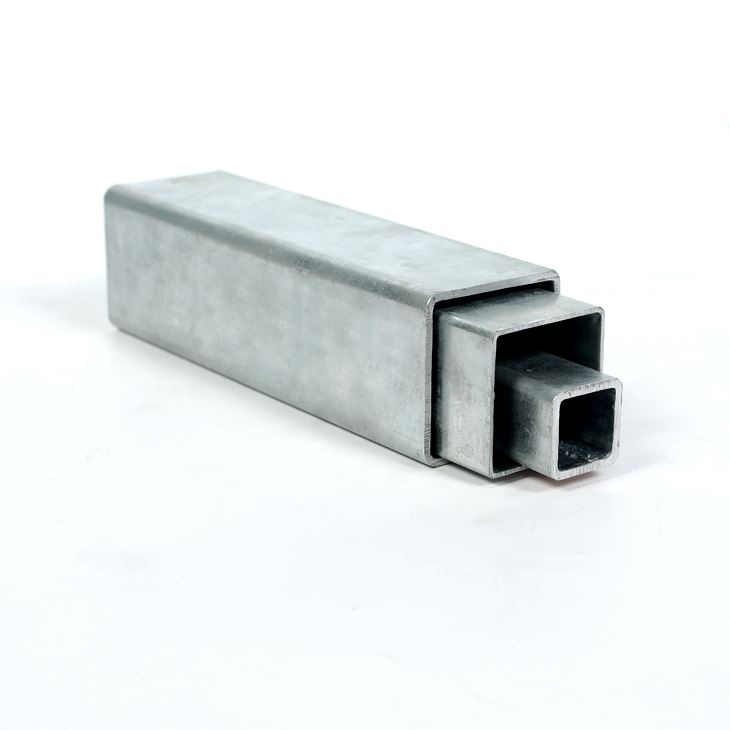
Hot Dip Galvanized Square Steel Pipe HDG Tube
Thickness: 0.5- 60 mm OD(outer diameter): square 10*10-1000*1000mm rectangular:10*15-800*1100mm Section Shape: Square OR rectangular Place of Origin: Tianjin, China Application Str […]
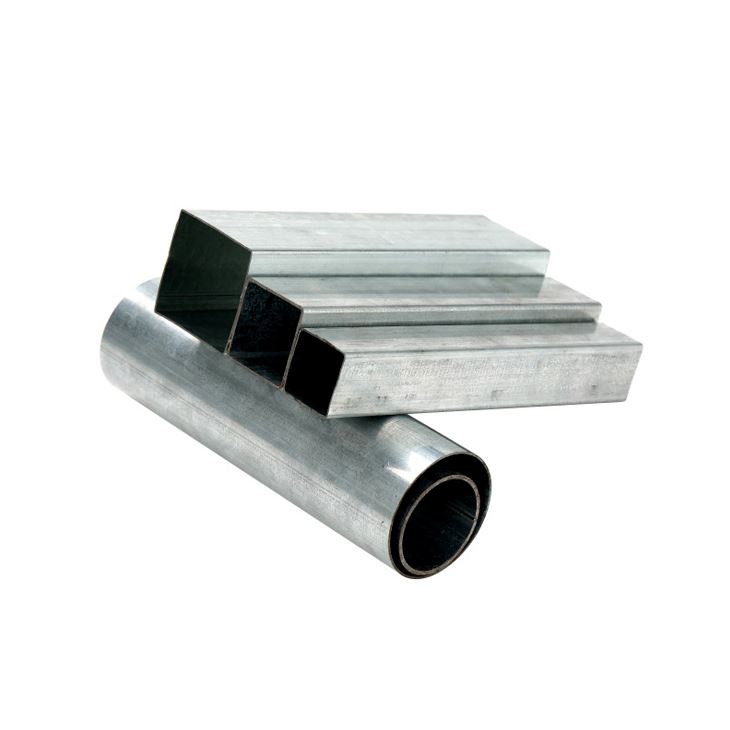
Pre Galvanzied Square Steel Tube
1.Introduction of pre-square tube Coiled pipes are pipes and pipes for processing technological processes, and are the name of general pipes, which are pipes made of long steel coi […]

Square Seamless Steel Pipe
Attribute parameters of seamless square steel tubes Thickness 3- 50 mm Tolerance as required OD(outer diameter) 100*100-800*800 Brand YUANTAI DERUN Section Shape Square OR rec […]

Hot Dip Galvanized Rectangular Hollow Section
Iron and steel materials are indispensable resources in human life today. However, due to its own characteristics, “corrosion is accompanied by us every day and consumes our […]

EN10210 EN10219 Black Carbon Steel Welded Square Pipe
Yuantai Derun Steel Pipe Manufacturing Group is a steel pipe and steel enterprise that has operated for many years, mainly engaged in steel products such as black square and rectan […]
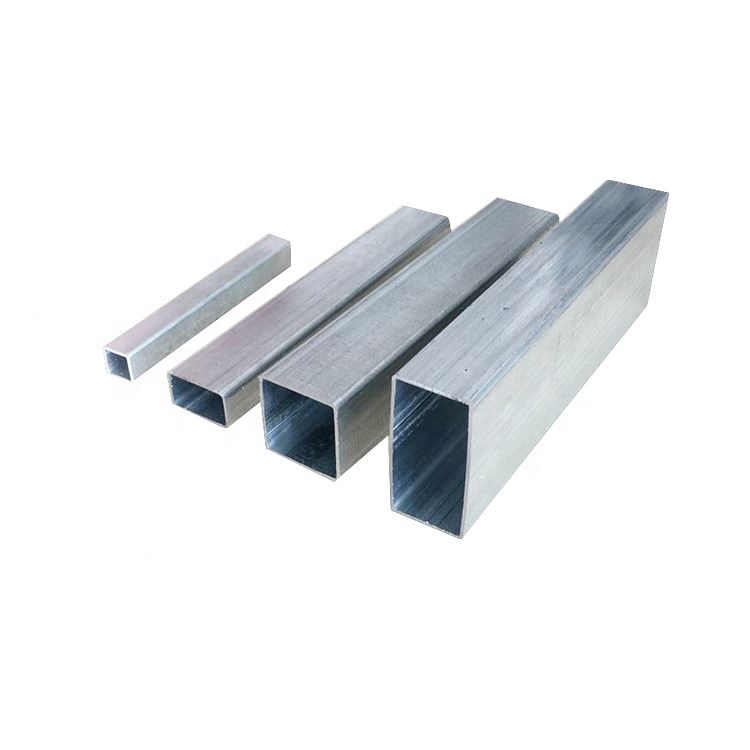
Hot Dip Galvanized Rectangular Steel Tube
Hot dip galvanized rectangular steel tube is a rectangularsquare tube that is welded after the steel plate or steel strip is curled and formed, and is formed after the square tube […]
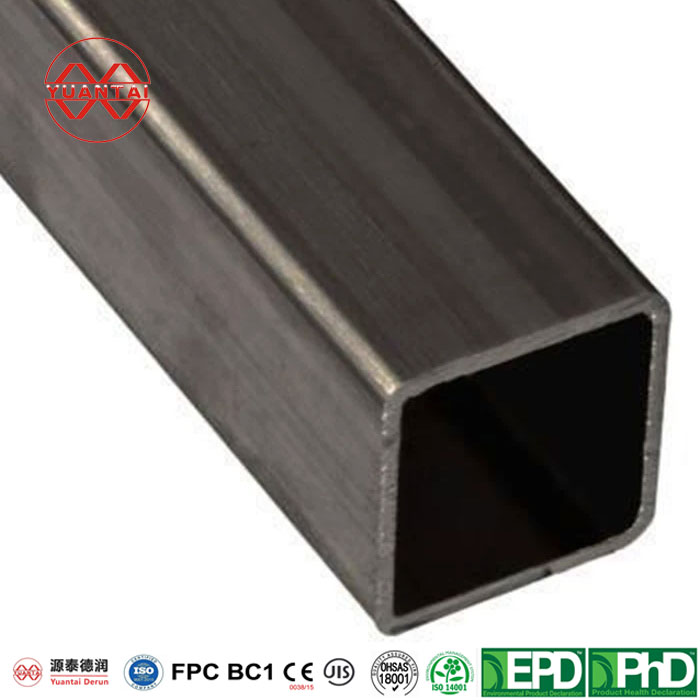
Square Steel Pipe Carbon Steel Pipe
Thickness 0.5- 60 mm Tolerance as required OD(outer diameter) square 10*10-1000*1000mm rectangular Brand YUANTAI DERUN Section Shape Square OR rectangular Length 3-12M according to […]
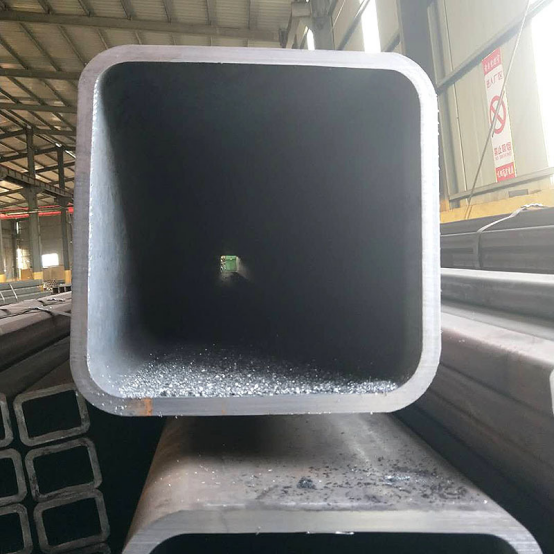
Black Rectangular Hollow Section
OD(MM) THICKNESS(MM) OD(MM) THICKNESS(MM) OD(MM) THICKNESS(MM) OD(MM) THICKNESS(MM) 20*20 1.3 60*120 80*100 90*90 1.50 180*180 3 300*800 400*700 550*550 500*600 1.4 1.70 3.5-3.75 9 […]
Post time: 2023-05-27
